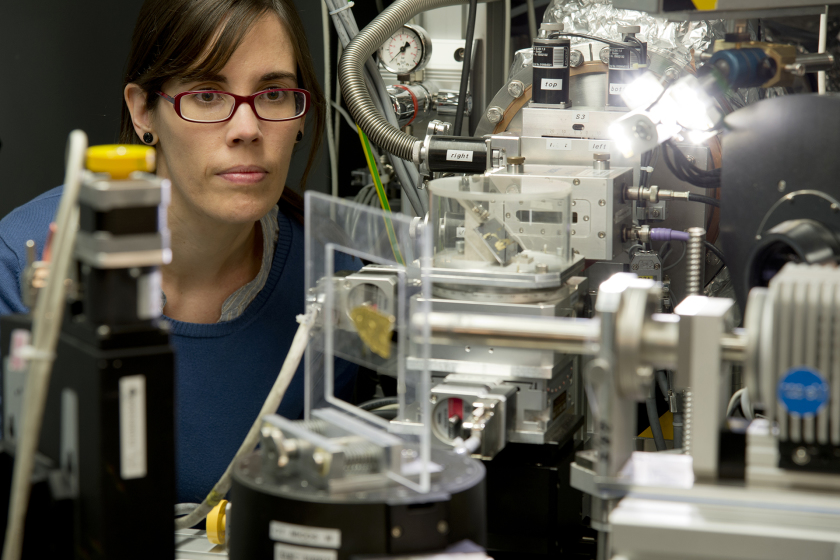Bundesanstalt für Materialforschung und -prüfung (BAM)
BAM at BESSY II: BAMline and µSpot Beamline
Materials and analytical sciences are essential for determining the properties, functionality, and quality of products and processes. Correspondingly, these sciences are key to ensuring the safety of these same products and processes. With synchrotron radiation – or other appropriate analysis methods – material behaviour and properties can be examined precisely. The Bundesanstalt für Materialforschung und -prüfung (BAM) is involved in the use of hard X-rays in the chemical analytics and structure elucidation. These activities are supported by two measuring stations, so-called beamline, at the large-scale research facility Berliner Elektronenspeicherring for Synchrotronstrahlung (BESSY II). The BAMline was first opened in 2000 and is operated by BAM in cooperation with the Physikalisch-Technischen Bundesanstalt (PTB) and Helmholtz-Zentrum Berlin (HZB). In collaboration with HZB and the Max Planck Institute of Colloids and Interfaces (MPI Golm), BAM established the µSpot Beamline in subsequent years.
The BAMline can be flexibly adjusted to the needs of analytical questions. It can be used for X-ray fluorescence (XRF), X-ray absorption spectroscopy (XAS), X-ray reflectometry (XRR), and computer tomography (CT), as well as topography. For example, these methods are used to visualise the development of crack zones, to characterise powder particles and additive manufactured components, and to identify corrosive phases of ferritic steel alloys. Additionally, the interaction of impurities (e.g. on silicon wafers) or of medical implants with human bone have been successfully studied by monitoring for distribution of trace metals.
The µSpot Beamline is primarily intended for the acquisition of structural information using X-ray diffraction (XRD) and small angle X-ray scattering (SAXS). This can be combined with further analytical methods such as XAS and Raman spectroscopy measurements. BAM uses coupled analysis methods to investigate, among other things, the reaction mechanisms of mechanochemical processes. They are also relevant for further research and characterisation of nanoparticles as they make it possible to monitor the growth processes of inorganic/organic nanoparticles in reaction solutions.
For BAM, operating its own beamlines facilitates the rapid and flexible response of our researchers to the needs of different users from different fields of activity. Clients and partners from the economic and scientific network profit from this: special measurement setups can be developed, tested, and applied in collaboration.

